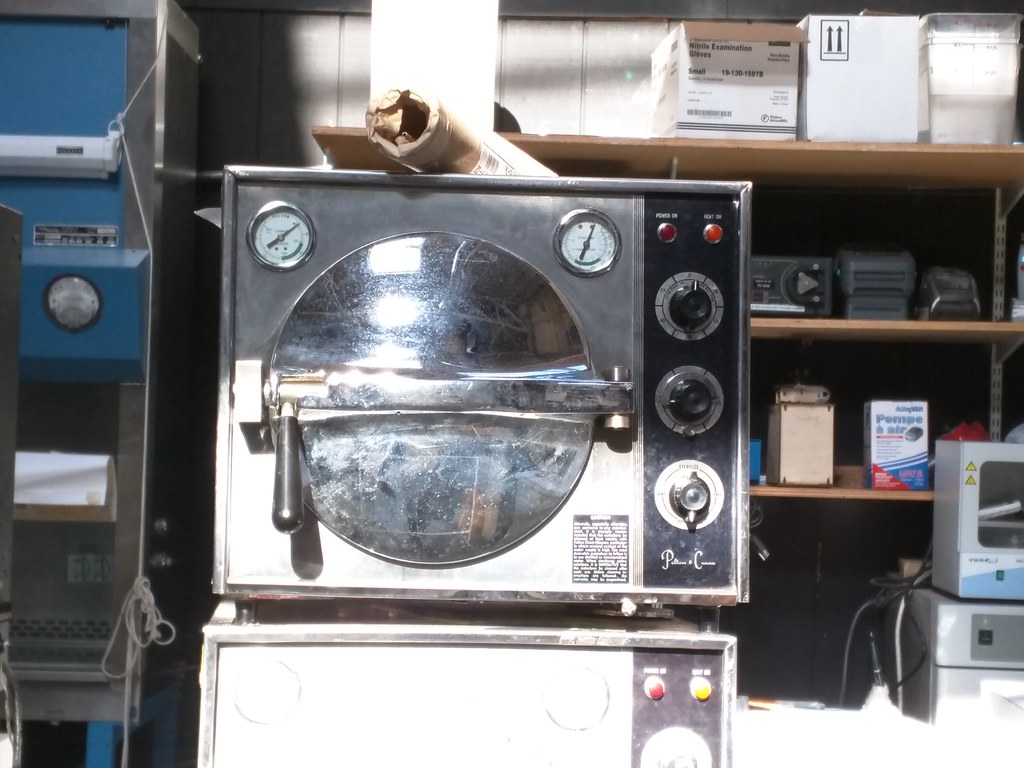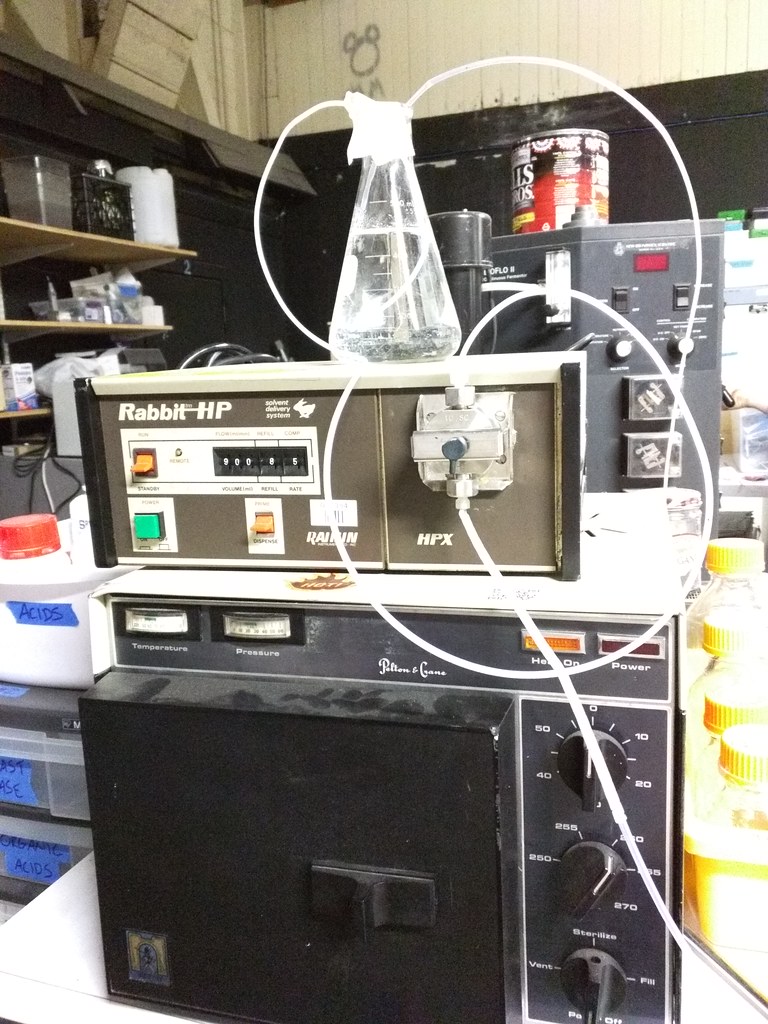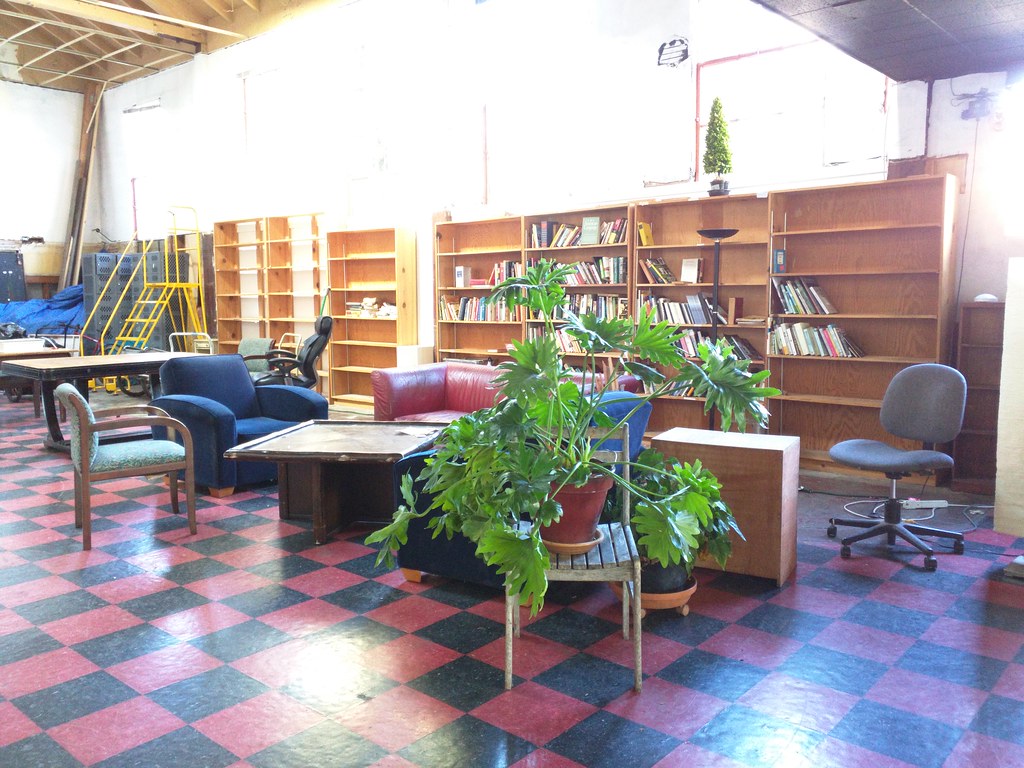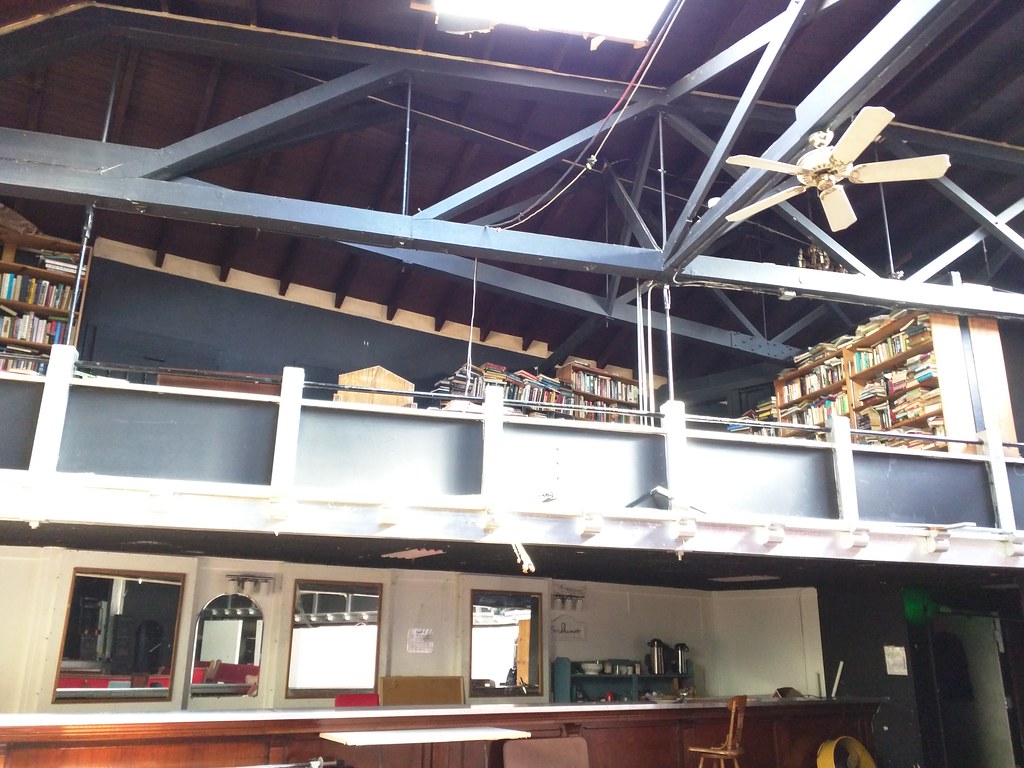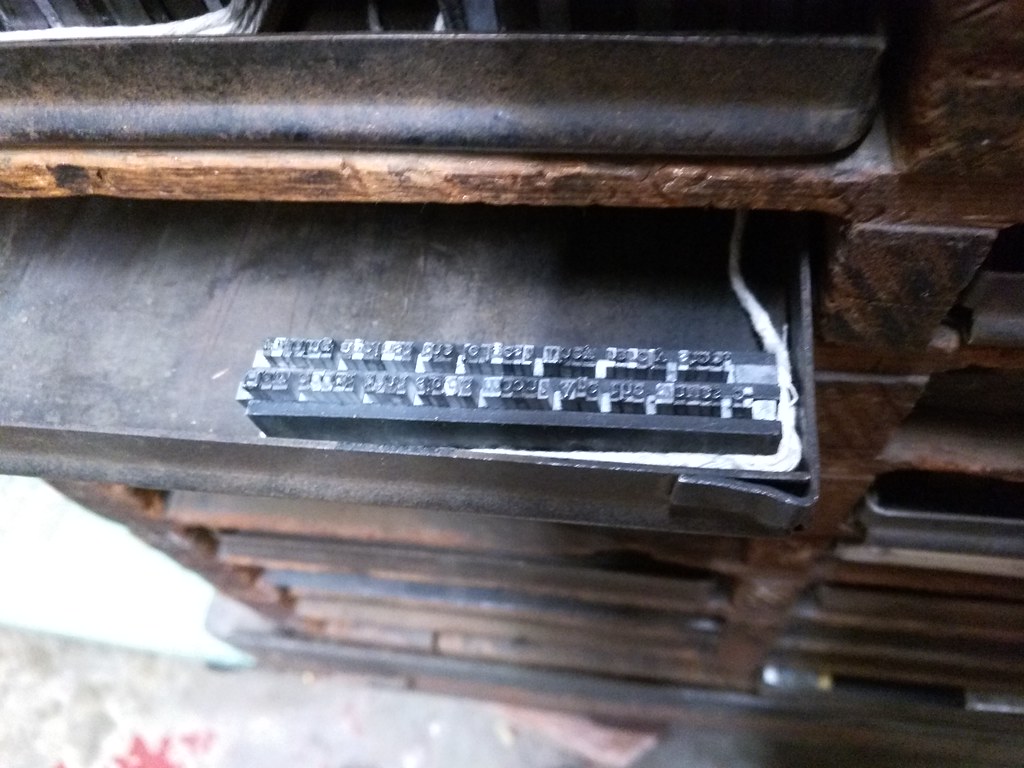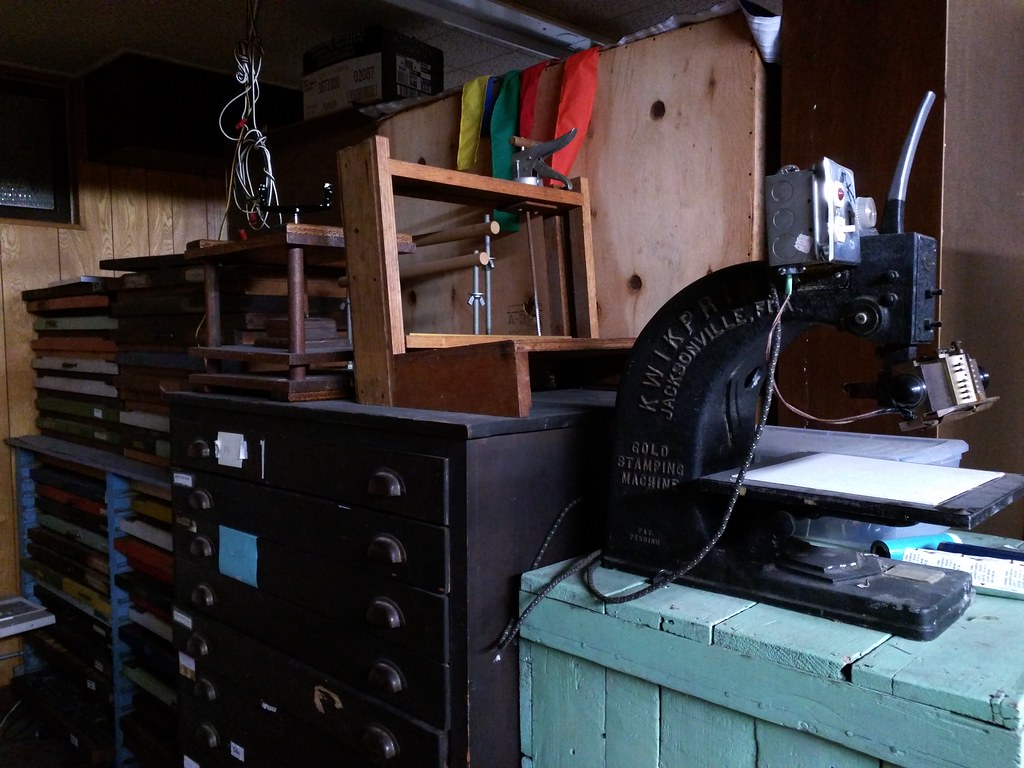I joined Science Hack Day SF 2015 as the 3D candy drawing team, to make a 3D pen using candies.
Our team won the "Food Science Award", woohoo :D

Pool++ (Best In Show) (People's Choice Award)
They use Cameras and LIDARs to track the location of pool balls and cues, then run a physics engine to predict what will happen when you hit the ball, and then draw out these predictions using a laser.

CO2 Chrome Extension (Eco Impact Award)
Our team won the "Food Science Award", woohoo :D

I made my first Instructables project.
http://www.instructables.com/id/3D-Candy-Pen/
new! We were notified that 3D Candy Pen project won the first prize at Instructables Sugar Contest! Thank you to everyone who voted :D :D
http://www.instructables.com/contest/sugar/
Made a site page as well.
https://sites.google.com/site/3dcandypen/
Step 1: Buy candies. Different candies have different characteristics.
Among the various candies we tried, we suggest Jolly Rancher hard candy which melts at a lower temperature and best for people who wants to do rapid prototyping.




Other hacks at Science Hack Day 2015:
Hackpad
http://sciencehackday.pbworks.com/w/page/102177169/sfhacks2015
http://www.instructables.com/id/3D-Candy-Pen/
new! We were notified that 3D Candy Pen project won the first prize at Instructables Sugar Contest! Thank you to everyone who voted :D :D
http://www.instructables.com/contest/sugar/
Made a site page as well.
https://sites.google.com/site/3dcandypen/
Step 1: Buy candies. Different candies have different characteristics.
Among the various candies we tried, we suggest Jolly Rancher hard candy which melts at a lower temperature and best for people who wants to do rapid prototyping.

I liked mint candy and CakePlay Isomalt Nibs candy, as they works well to make skinnier and robust sculptures, but will take a lot of time.



Step 2: Melt the candies.
Put the candies in the toaster oven. We suggest 300-350 degrees to get the best melting.

Step 3: Take the candies out of the toaster and roll it into a filament.
The candy is ready when the liquid flows slowly when you tilt it back and forth. If it is too runny let it cool a bit before pouring. The candy is really hot so be sure to use tongs, tweezers, pot holders or high temperature gloves to move the candy.
Take the melted candies out of the toaster oven, put it on parchment paper and roll it to a very skinny stick. Best practice for making the filament stick: We poured and moved the candy / used toothpick to smear thick areas out. If you keep the thick areas as-is, it may not fit the glue gun. And be careful, it is hot! Let the candy cool in the parchment paper before removing.



Step 4: Put the candy filament in the glue gun, and create objects.
This is the most fun part :) Put the candy filament in the glue gun, and create 3D objects.

Step 3: Take the candies out of the toaster and roll it into a filament.
The candy is ready when the liquid flows slowly when you tilt it back and forth. If it is too runny let it cool a bit before pouring. The candy is really hot so be sure to use tongs, tweezers, pot holders or high temperature gloves to move the candy.
Take the melted candies out of the toaster oven, put it on parchment paper and roll it to a very skinny stick. Best practice for making the filament stick: We poured and moved the candy / used toothpick to smear thick areas out. If you keep the thick areas as-is, it may not fit the glue gun. And be careful, it is hot! Let the candy cool in the parchment paper before removing.



Step 4: Put the candy filament in the glue gun, and create objects.
This is the most fun part :) Put the candy filament in the glue gun, and create 3D objects.
Hackpad
http://sciencehackday.pbworks.com/w/page/102177169/sfhacks2015
Pool++ (Best In Show) (People's Choice Award)
They use Cameras and LIDARs to track the location of pool balls and cues, then run a physics engine to predict what will happen when you hit the ball, and then draw out these predictions using a laser.

CO2 Chrome Extension (Eco Impact Award)
Chrome extension to add a header to any Google Maps page with a reader for an estimated CO2 emission for your trip.

Kids’ Drone Backpack (Most Excited for Release Day Award)
An individual drone backpack to bring kids to school and back home safely, while avoiding traffic jams and saving everyone's time.

Press a real banana to control the banana jump in the game.

SF 1906 Earthquake (Data Visualization Award)
The seismic vibrations of the 1906 SF earthquake are replayed in real time through a wave tank, with the water disturbances proportional to the strength of the earthquake at any time.

The Sorting Hat powered IBM Watson will do everything a Sorting Hat ought to except read the mind of the person wearing it. The wearer will speak into a microphone expressing characteristics of him or herself. The Hat will digest this information using a speech to text online resource, an online trained classifier and pronounce with enthusiasm the placement into which house the wearer is most appropriate.
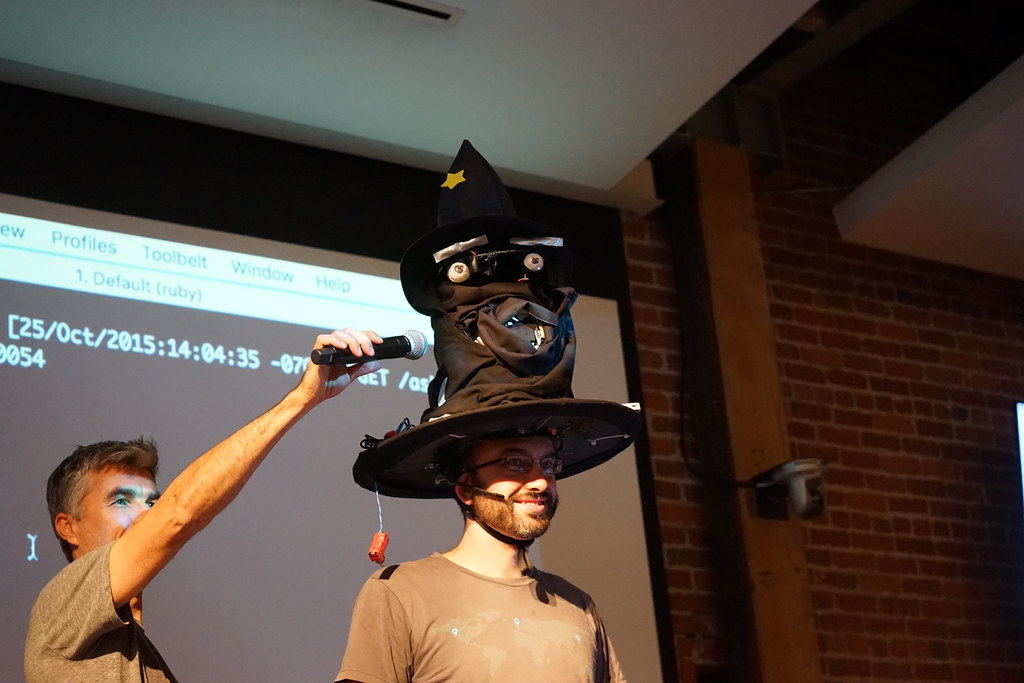
Laser Flow Visualization (Data Visualization Award)
They built a plastic chamber with an inlet for a fog machine and a window. By shining a planar laser beam into the chamber, it illuminates a single sheet of the swirling fog and were able to observe the flow of the fluid.

Security Hoodie (Best Design Award)
The team created a hoodie that'll allow people to feel more comfortable when walking at night, that will let you pipe EL wire through the hood and light up the wire.

The Mount Wilson archive of hand-drawn sunspot maps is a daily record that stretches back to 1917. Since each drawing is unique and hand-scanned, they were not well-suited to playing as a time series without substantial clean-up. This very long record of sunspot activity is both a unique piece of astronomical history and a powerful demonstration of the variety and timescales of activity on the surface of the sun.
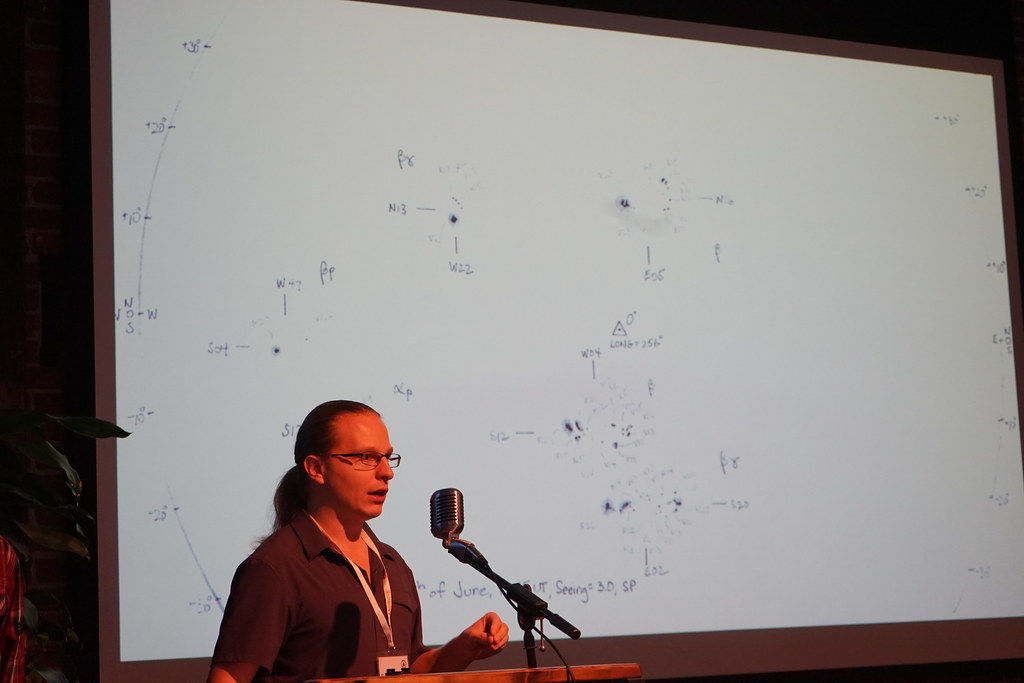
Portable Planetarium (Best Hardware Award)
Using a Pico Projector, cardboard and a fish-eye lens, the easy to make cardboard tower transforms any dark room into a journey into space. All that is needed is to download "Stellarium" which is an open-source application that shows detailed, interactive, live space data and visuals.

News Not Noise (Culture Impact Award)
News Not Noise is a Chrome extension that uses emotions as a metric to measure the bias in a news articles.

Science Hack Day I joined in the past:
My blog posts from Science Hack Day SF 2013
http://fumiopen.blogspot.com/2013/10/science-hack-day-san-francisco-2013.html
Science Hack Day SF 2013 Presentations
http://fumiopen.blogspot.com/2013/10/science-hack-day-presentations.html
My photos from Science Hack Day SF 2014
https://www.flickr.com/photos/fumi/albums/72157647964264318
Disclaimer: The opinions expressed here are my own, and do not reflect those of my employer. -Fumi Yamazaki









